Although we all wish for harmony amongst our colleagues, it’s important to be realistic and understand that some conflict is inevitable in team settings. So much can differ between individuals, from communication style to ways of working, and this can lead to disagreements. This can be stressful and reduce productivity across the team, but it doesn’t have to. When we recognize that different people have different conflict styles, we can utilize conflict style assessments to reach an effective resolution.
The fundamentals of conflict style assessment
Before we can better understand conflict style assessments, let’s make sure we understand what a conflict style is. The definition is simple: a conflict style is an individual’s predisposed response to conflict. We all have a natural conflict style, but it is also possible to consciously apply a different style should the situation call for it. There are five recognized conflict styles and understanding not only the styles themselves, but also which style different team members respond with, is hugely beneficial to the productivity of your workplace and the well-being of your team.
Conflict style assessments provide insight by analyzing team interactions and highlighting the conflict styles used in the team. With this information, we can enhance our conflict management strategies and improve team dynamics. Conflict style assessments are a valuable tool for all managers, so let’s dive further into conflict styles as a first step toward assessing our teams.
Identifying and understanding different conflict styles
Psychologists have identified five different conflict styles.
The Competing Style
Individuals who come into conflict using the competing style come across as assertive and uncooperative. They attempt to dominate the conflict and quash any attempt for the opposite side to have their say. The competing style can be used effectively when a decision needs to be made quickly, especially if said decision may be unpopular, but it can damage inter-team relationships when wielded incorrectly or too often.
The Collaborating Style
As the name suggests, the collaborating style is cooperative. However, that doesn’t mean it isn’t also assertive. Collaborators look to identify the concerns and needs of all individuals involved in a conflict and reach a mutually beneficial conclusion whilst maintaining relationships.
The Avoiding Style
If someone is ignoring a conflict, they’re deploying the avoiding style. This can be passive rather than overt, perhaps stepping back from the situation quietly. Some may hope that the conflict resolves itself once they’ve stepped back, but the avoiding style can be used more actively than that in giving an individual the time and space they need to process the situation before returning with a solution in mind.
The Accommodating Style
Accommodators prioritize their relationships over personal goals. They are unassertive and aim to co-operate and be seen co-operating. This can be useful when we need to preserve a relationship over a result, and can also be used as a means of peaceably admitting an error.
The Compromising Style
Compromisers walk a fine line between assertiveness and cooperativeness. When compromising in a conflict, we may offer to sacrifice an element of our own goals in return for an overall result, but we expect to see a similar compromise from the other parties too. This can expedite decision-making but may not lead to a solution that best meets anyone’s or the business’s needs.
Applying conflict style assessments to enhance team performance
Now that we understand the five different conflict styles, we can assess our team and improve performance. There are a few different ways we can do this:
Tailoring conflict resolution strategies
With our assessment results to hand, we can come up with bespoke strategies for individuals and specific team dynamics. If, for example, we’ve got someone who tends to enter a conflict using the avoiding style, we can address this with them by citing examples and highlighting how they can better assert themselves and make their own needs known. Working with our team members to recognize their own predispositions can help improve team cohesion and productivity.
Enhancing communication and understanding
If we know that we’ve got two individuals working closely together who are regularly coming into conflict, we may identify that they both have a tendency towards the competitive style and are damaging their relationship. In discussing this with them and providing them with an awareness of other conflict styles and means of collaboration, we can improve communication across the team and foster better understanding among team members.
Training and development opportunities
It’s important to continue to improve our understanding of this area and assess any new or changing team dynamics. We can do this for ourselves, and we can also ensure we equip our team members with the knowledge and language of conflict styles and conflict style assessment to help them navigate conflict more effectively. Equipping managers and HR colleagues with psychometric assessments from Thomas will ensure this work is ongoing and effective.
Leveraging Thomas’ tools for conflict management
Thomas’ intelligent platform can aid conflict management. The Professional assessments and psychometric tests within the platform yield insights into individuals which can be used to identify and address their conflict style. With this information about the root causes of conflict, team managers and Hiring Managers can build stronger, more cohesive teams.
Conflict management is an ongoing process as team members and dynamics are constantly shifting. Thomas is committed to supporting teams to continuously improve by providing expert behavioral insights and actionable strategies all informed by science.
Take a look now at Thomas's range of tools and services designed to enhance conflict management and team dynamics.
Turning conflicts into opportunities for growth
We’ve taken the time here to recognize that conflict can and does happen, but that it doesn’t have to be damaging. We also know that we can consciously apply specific conflict styles when the need arises. Guided by knowledge of conflict styles and how to use them, we can perform conflict style assessments and tailor conflict management strategies. We can transform any potential obstacles into opportunities for our teams to learn more about themselves and each other, and to grow together towards success.
Understanding conflict allows us to better embrace it as an opportunity to strengthen team bonds and achieve greater harmony and productivity. Thomas provides the platform needed to continue to work on this every day for the best results.
Speak to one of our team today to get started.




